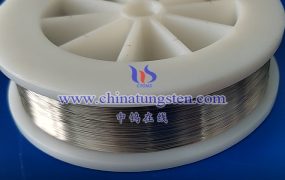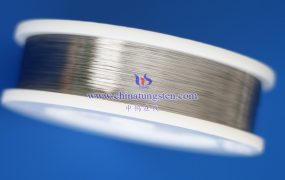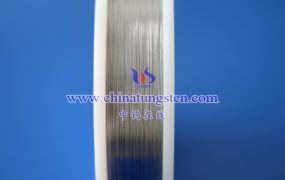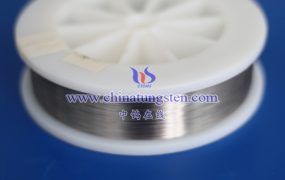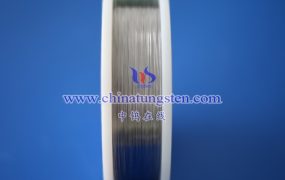The light emission of tungsten wire for halogen lamp is based on the principle of resistance heating and black body radiation. The following is a detailed process analysis:
- Resistance heating light emission principle
Current passes through tungsten wire:
When current passes through tungsten wire, because tungsten has a certain resistance, electrical energy is converted into heat energy, causing the tungsten wire to heat up rapidly. The resistivity of tungsten is about 5.6 μΩ·cm, which is enough to produce high temperature when standard current passes through.
Tungsten wire is heated to incandescent state:
The tungsten wire is heated to about 2500°C–3000°C under the action of current. This temperature is enough to make the tungsten wire reach incandescence and begin to emit bright visible light.
- Black body radiation principle
The mechanism of tungsten wire light emission conforms to the black body radiation theory:
Black body radiation:
Any object at high temperature will radiate energy outward with a spectrum unique to its temperature. The radiation spectrum range of tungsten wire covers from infrared to visible light and even part of the ultraviolet region.
Wien’s displacement law:
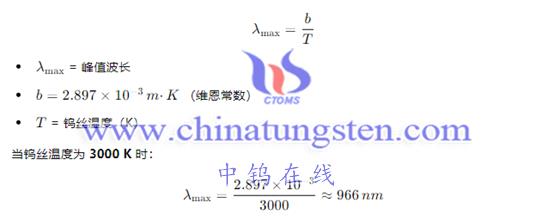
This law describes the relationship between the peak wavelength of the radiation spectrum and temperature:
This is in the infrared region, but at the same time the tungsten wire also emits a lot of visible light, especially yellow-white light, which is the main light source of the halogen lamp.
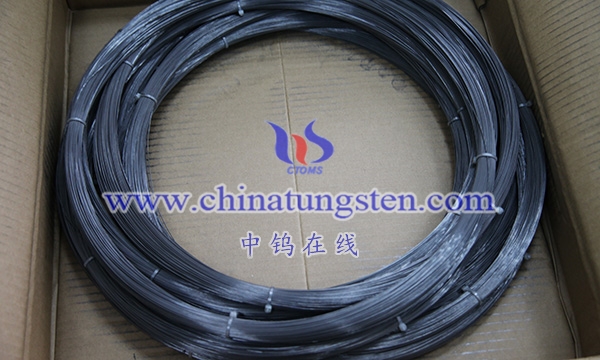
- Luminous efficiency and color temperature
Luminous efficiency:
The luminous efficiency of halogen lamps is usually 16–24 lm/W, which is higher than that of ordinary incandescent lamps, mainly due to the halogen cycle allowing higher operating temperatures.
Color temperature:
The color temperature of halogen lamps is between 2800–3200 K, showing a warm yellow-white light, which is closer to natural light than ordinary incandescent lamps.
- The effect of the halogen cycle on luminescence
Preventing tungsten wire consumption:
At high temperatures, the tungsten wire will continue to evaporate, resulting in a decrease in brightness. However, halogen gas (such as iodine or bromine) will form volatile tungsten halides (such as WBr₆) with evaporated tungsten atoms, which will decompose again in the high-temperature area close to the tungsten wire, causing the tungsten to be redeposited back on the surface of the tungsten wire. This cycle:

Effectively prolongs the life of the tungsten wire and maintains a high brightness.
Allows higher operating temperatures:
The halogen cycle allows the tungsten wire to operate at higher temperatures without being quickly damaged by evaporation, thereby improving luminous efficiency and color temperature.
- Energy distribution during luminescence
Visible light: accounts for about 10%–15% of the total energy.
Infrared radiation: More than 80% of the energy is radiated in the form of infrared, resulting in a large amount of heat generation.
Ultraviolet radiation: Very small amounts of ultraviolet radiation usually do not cause harm to the human eye, but some high-power halogen lamps require the addition of filter glass.
More details of tungsten wires, please visit website: http://tungsten.com.cn/tungsten-wires.html
Please contact CHINATUNGSTEN for inquiry and order of tungsten needles:
Email: sales@chinatungsten.com
Tel.: +86 592 5129595

